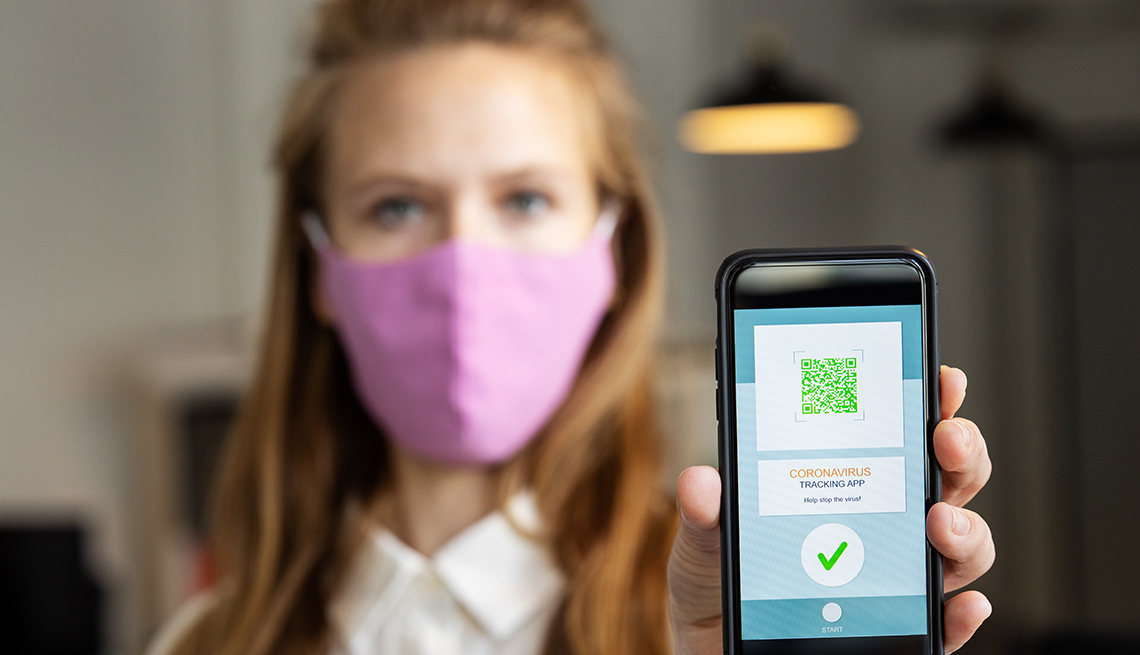Staying Fit
You’re about to return to the office for the first time since COVID-19 was declared a global pandemic in March 2020, at least assuming the omicron variant doesn’t mess with those plans. But the workplace you left behind, and the protocols for even being allowed in the building, will barely resemble pre-coronavirus norms.


AARP Membership— $12 for your first year when you sign up for Automatic Renewal
Get instant access to members-only products and hundreds of discounts, a free second membership, and a subscription to AARP the Magazine.
Before the pandemic, you might have had to flash an ID or wear a badge to get past the lobby of your office building. That still will be the case. But to gain entry now you’ll likely have to go through an additional set of hoops to demonstrate that you won’t infect your colleagues.
Such proof may be imparted through an app your organization provides or asks you to get on your own through Google Play or the Apple App Store. While firms can generally set their own policies, many also will keep a watchful eye on federal or local vaccine mandates, Occupational Safety and Health Administration requirements and variants' infection rates.
“A test result [and] a vaccination are just another part of your identity,” says Catesby Perrin, executive vice president of growth with Clear. The company is perhaps best known for its biometrics scan kiosks used to securely expedite a traveler’s entry at airports for a subscription fee.
The company, based in New York City, last year developed the modular Clear Health Pass mobile app, free to users, which organizations that want to ensure a safe return to the workplace are customizing. Among those using it are the New York Stock Exchange, Union Square Hospitality Group and the 9/11 Memorial & Museum as well as ballparks and restaurants.
Supplying the information
Employees’ steps toward a safe return often begin well in advance of the proposed back-in-the-office date. Some companies conduct surveys through an app or web portal to gauge the staff’s mood and comfort level.
As the return date nears, many employers want to see proof that you were vaccinated and maybe got a booster shot as well. Absent the shots, the company may require you to follow a regular coronavirus testing protocol, perhaps as frequently as once a week. You also may have to take your temperature daily before heading to the office or have it checked once you get there.
If you’re under the weather, your bosses will want you to list your symptoms and presumably stay home. And you’ll have to let your company know if you’ve been in close quarters with people who are sick.
As COVID becomes endemic over the next year or two, we’re going to shift in the way employers and employees capture health data in the enterprise.;

































































